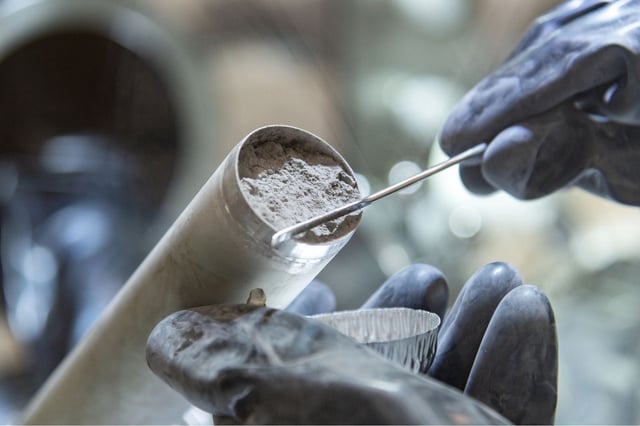Overview
- Brown University researchers report mantle-derived volcanic material from an Apollo 17 drive-tube is strongly depleted in sulfur-33 compared with Earth.
- The core, collected at Taurus–Littrow in 1972 by astronauts Gene Cernan and Harrison Schmitt, was preserved in a helium seal under NASA’s ANGSA program.
- Secondary ion mass spectrometry enabled high-precision sulfur isotope measurements that were not feasible when the samples were first returned.
- Scientists outline two leading explanations: early lunar photochemistry in a short-lived, optically thin atmosphere or inheritance from the Moon-forming impactor Theia.
- The peer-reviewed findings appear in JGR: Planets (2025, DOI: 10.1029/2024je008834) and call for further isotope studies across lunar and other planetary samples to pinpoint the source.


